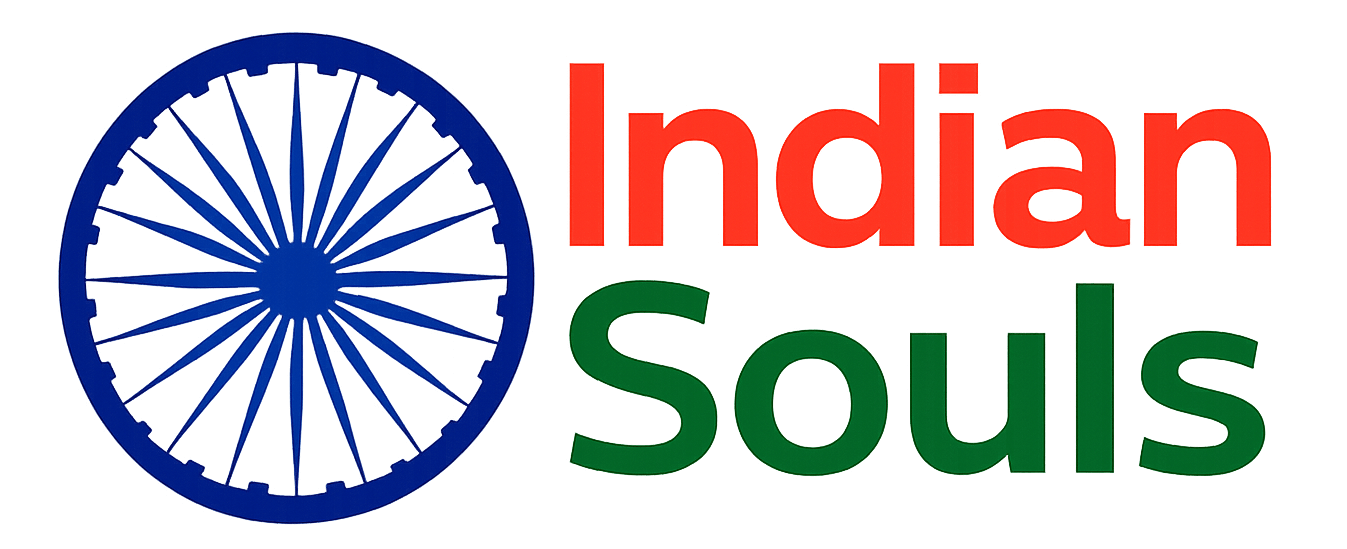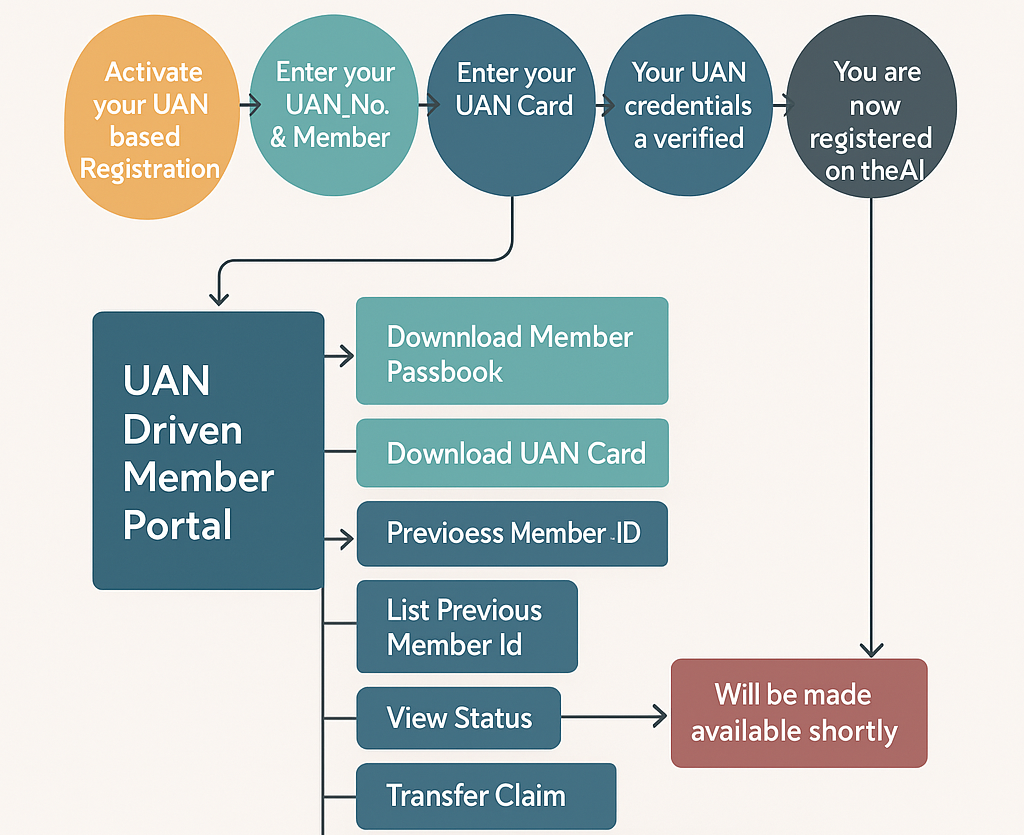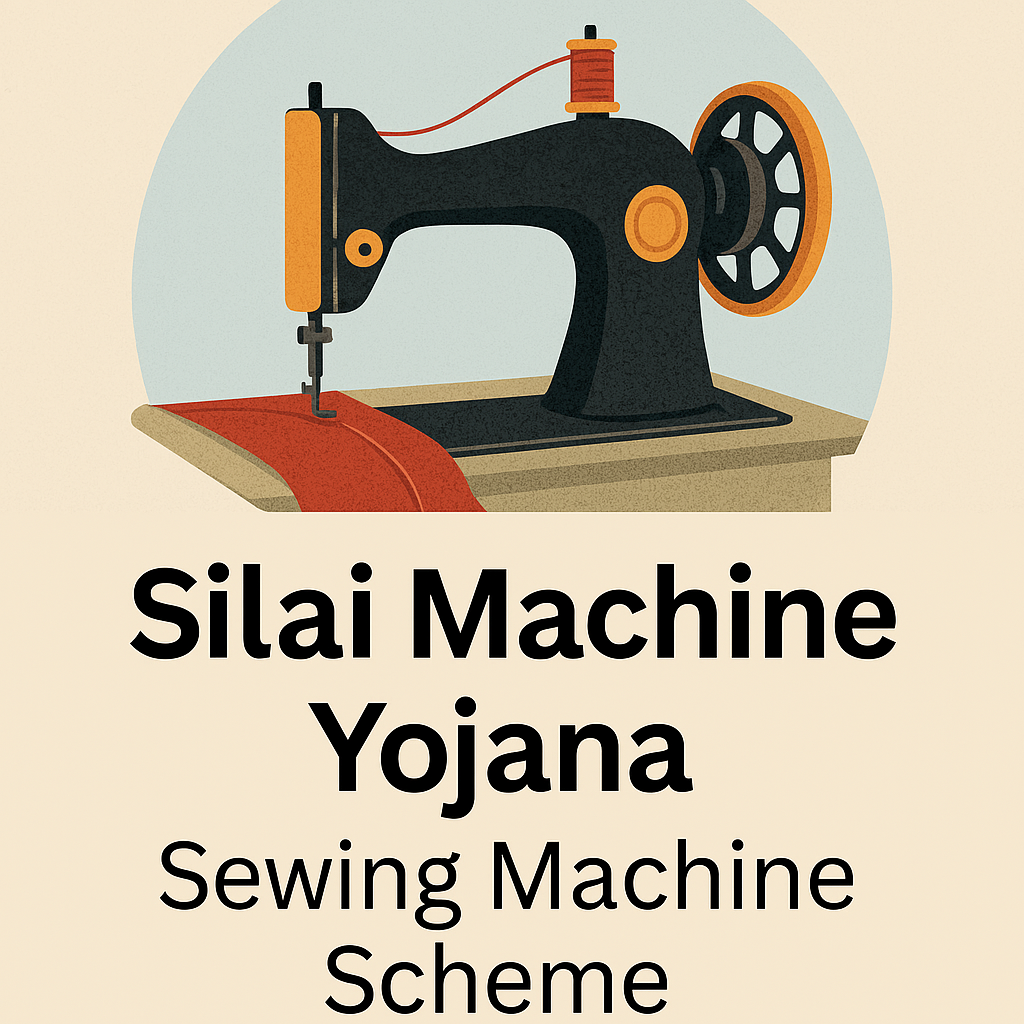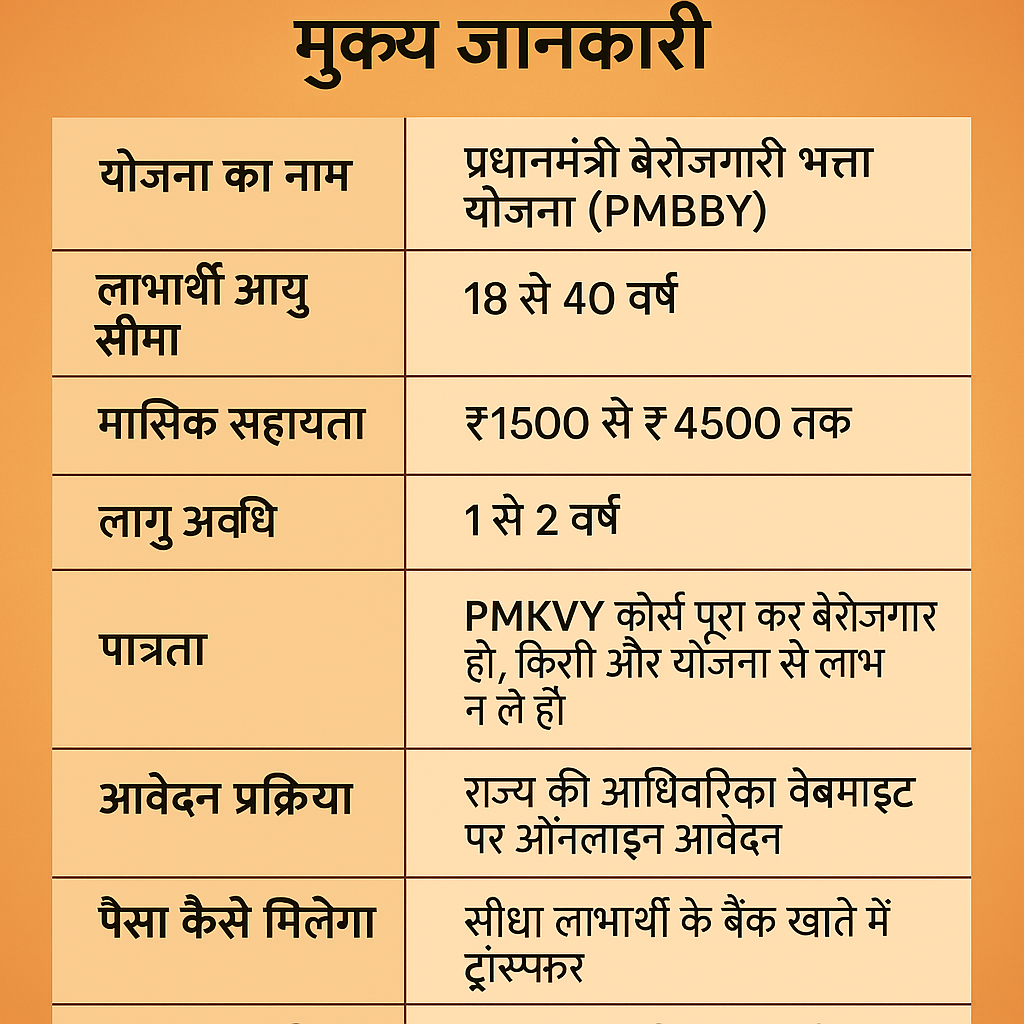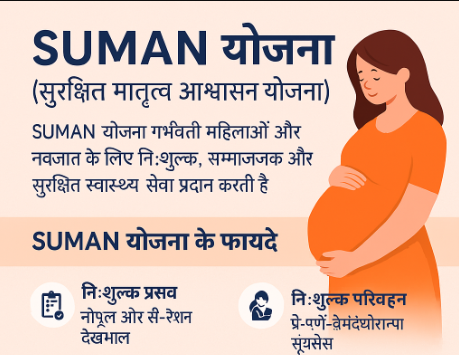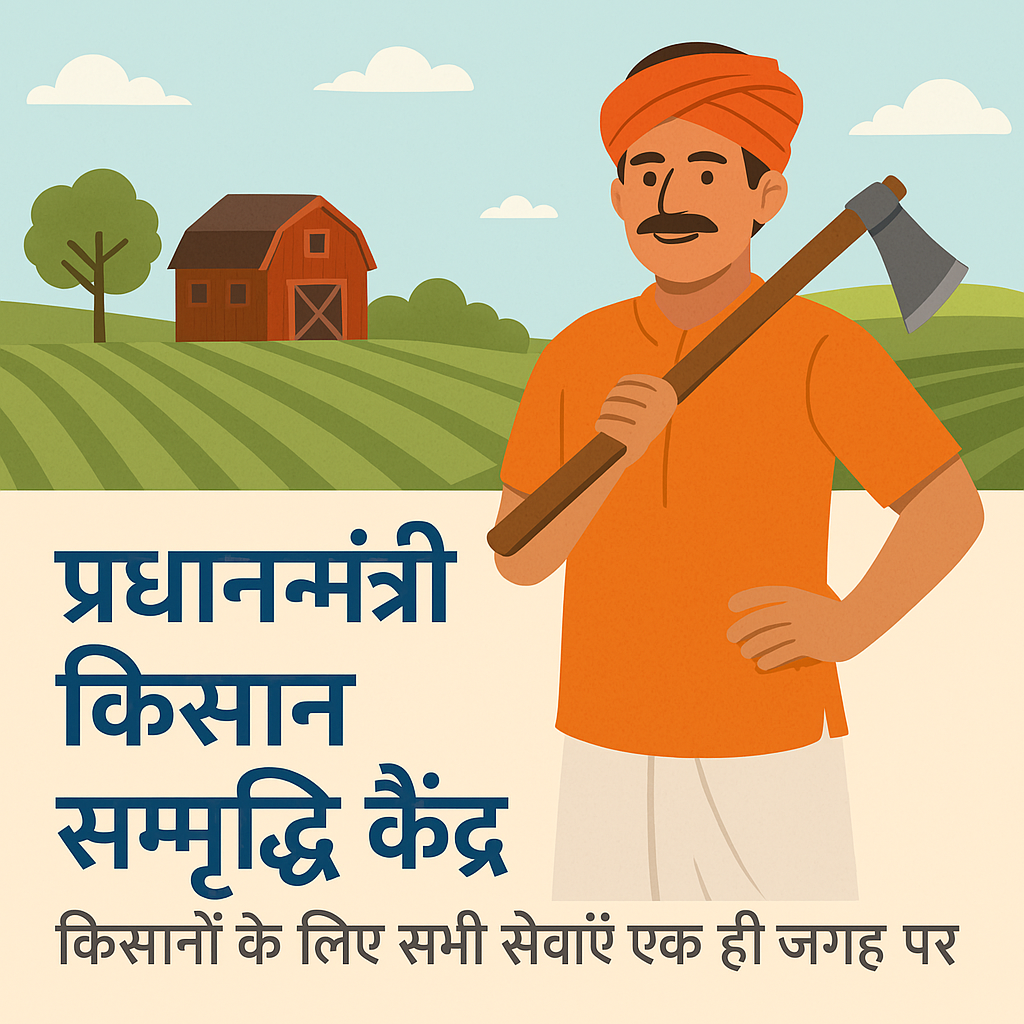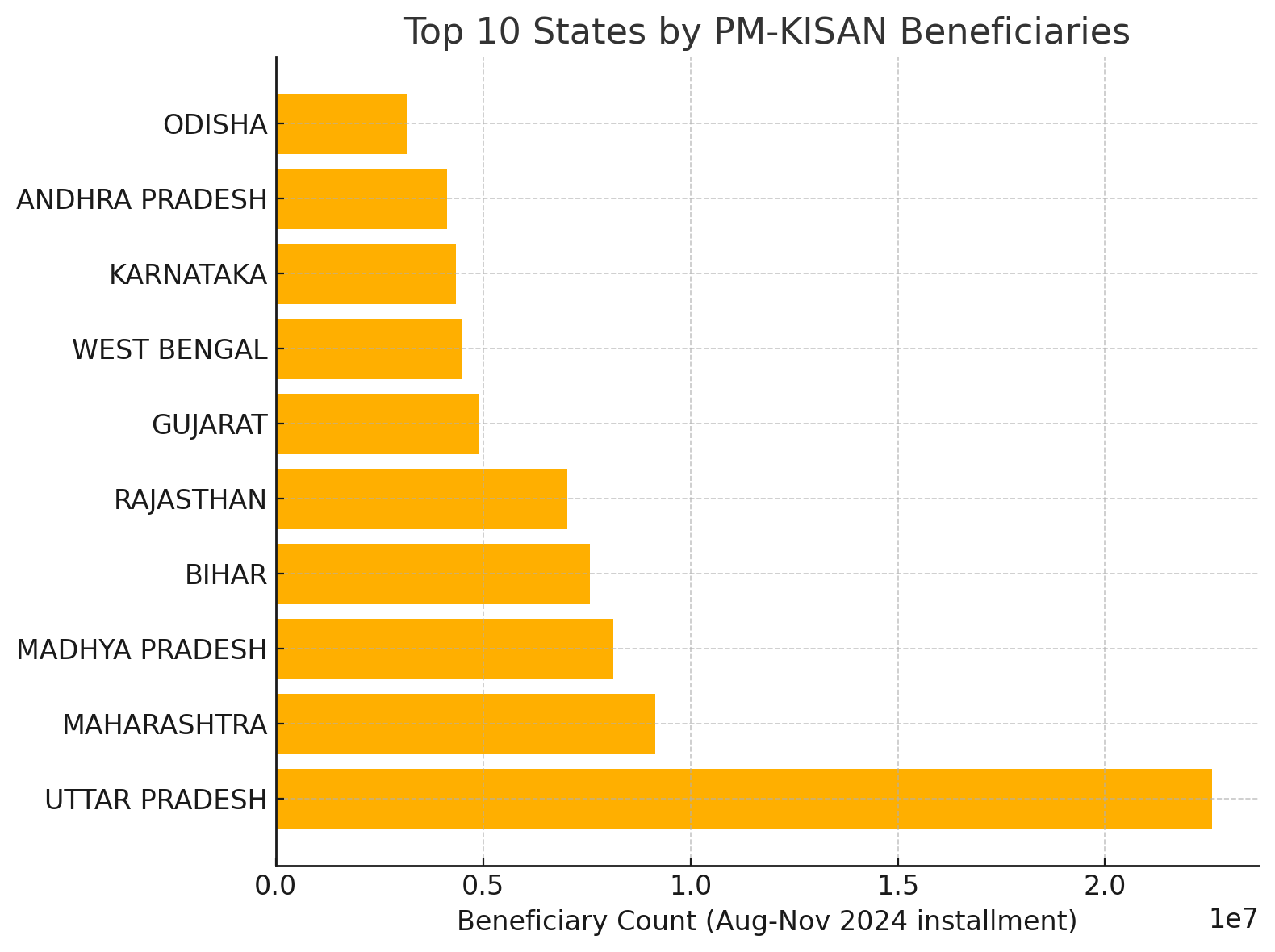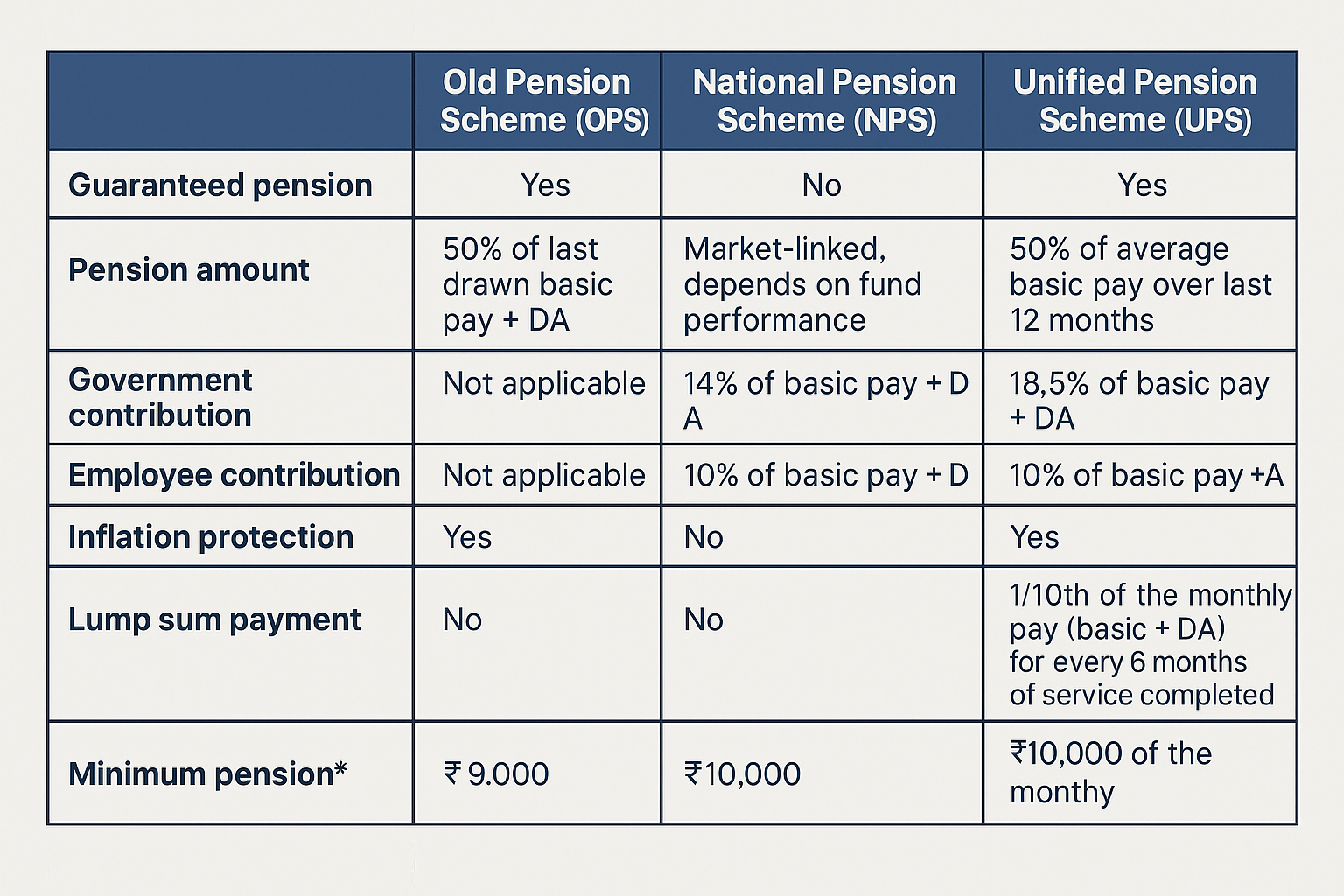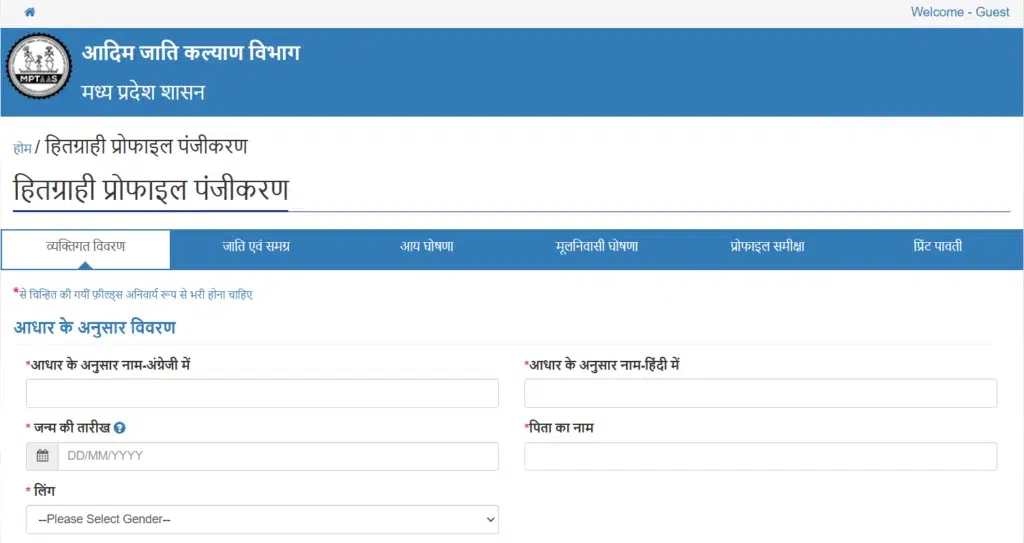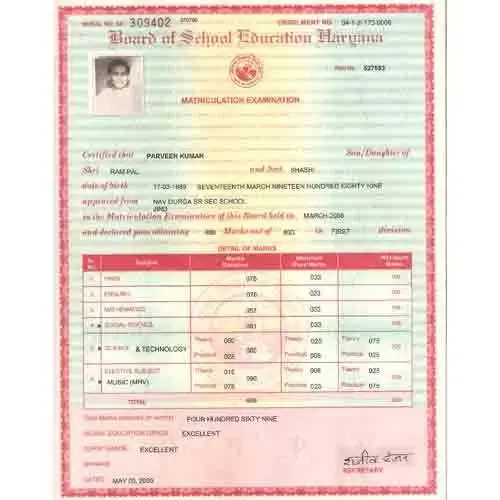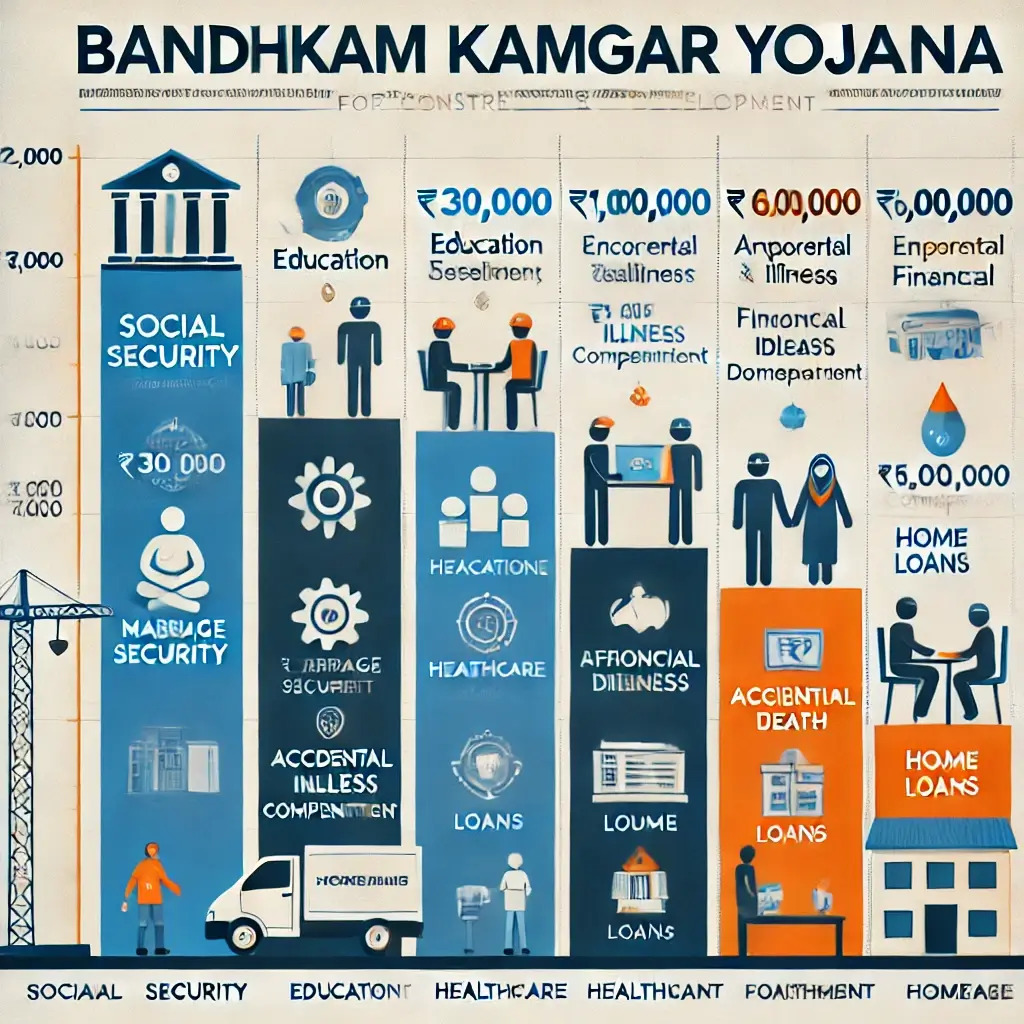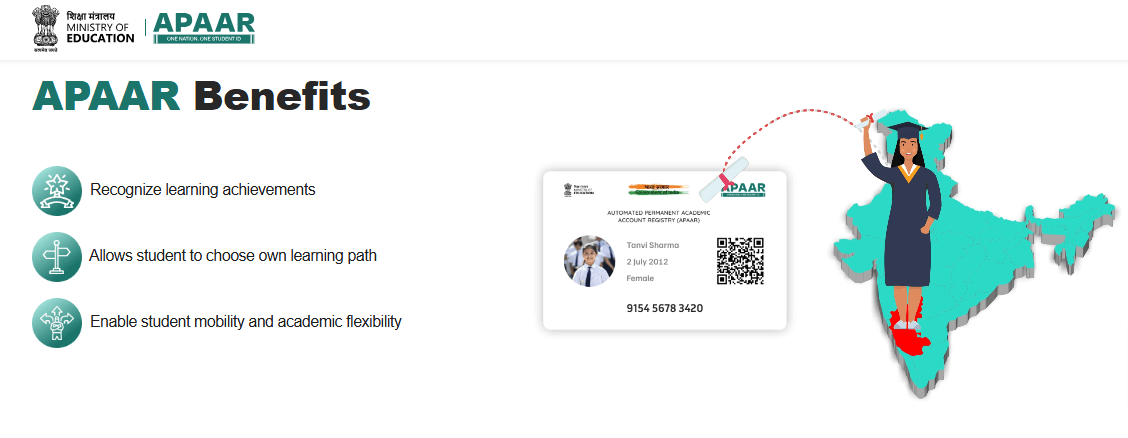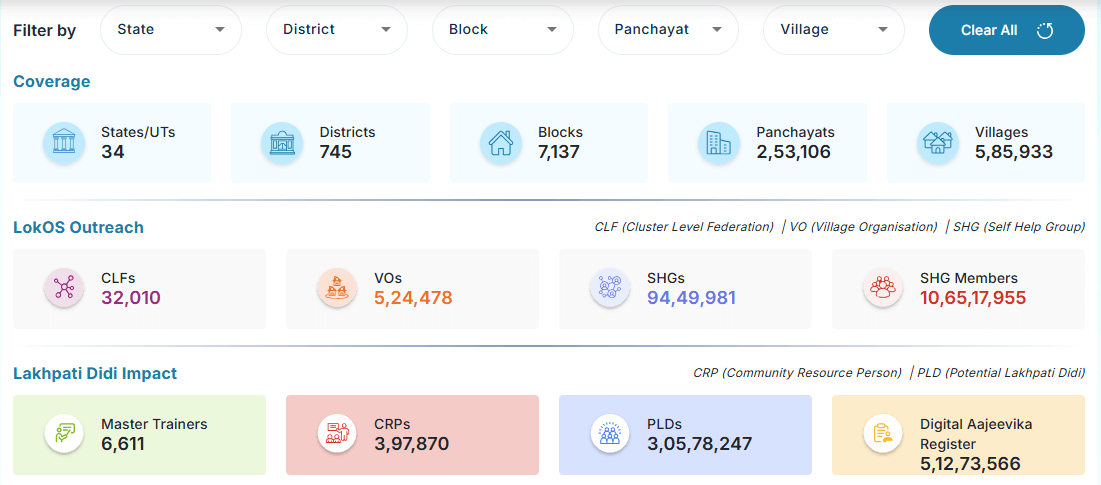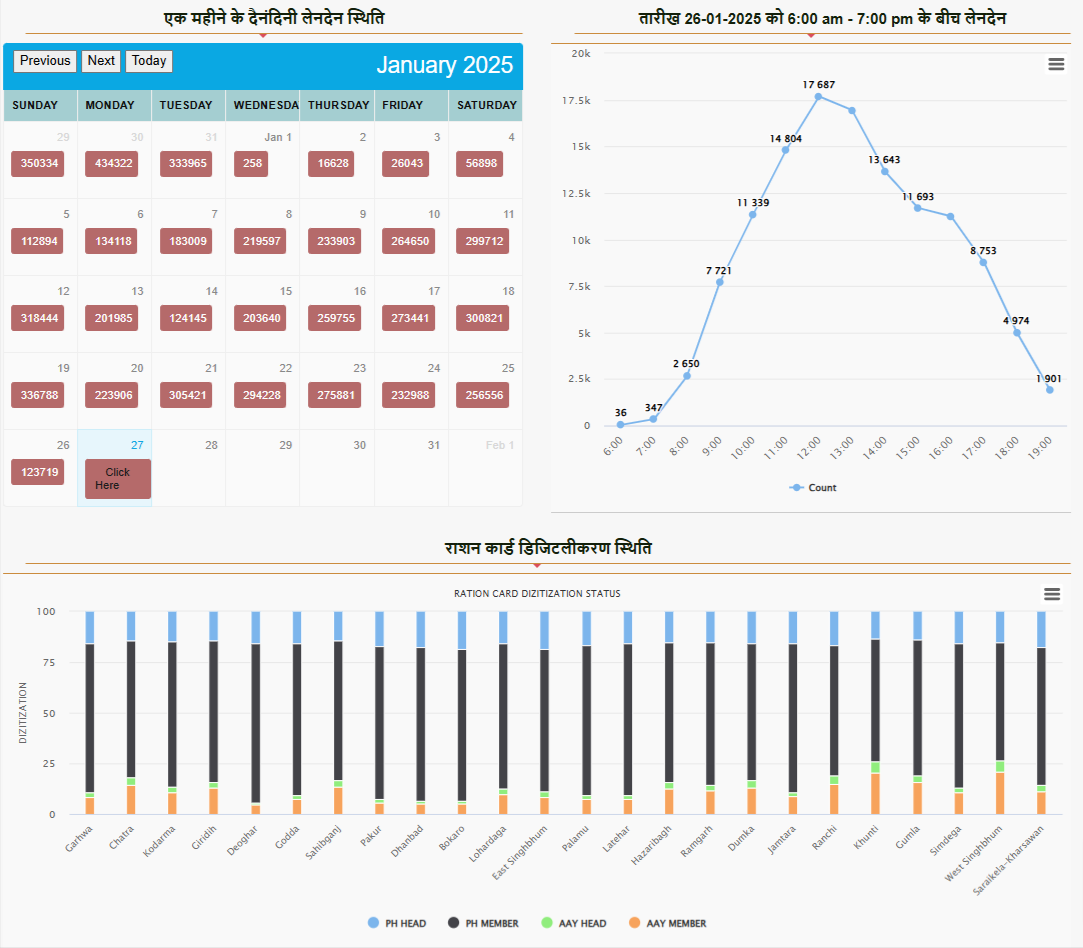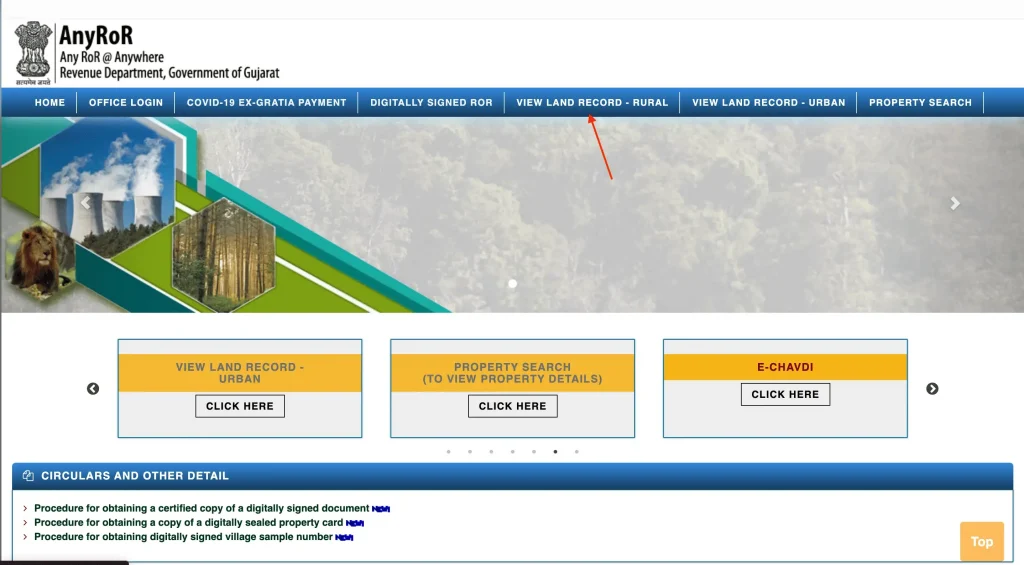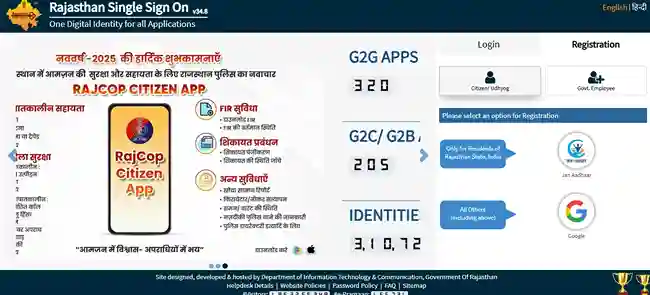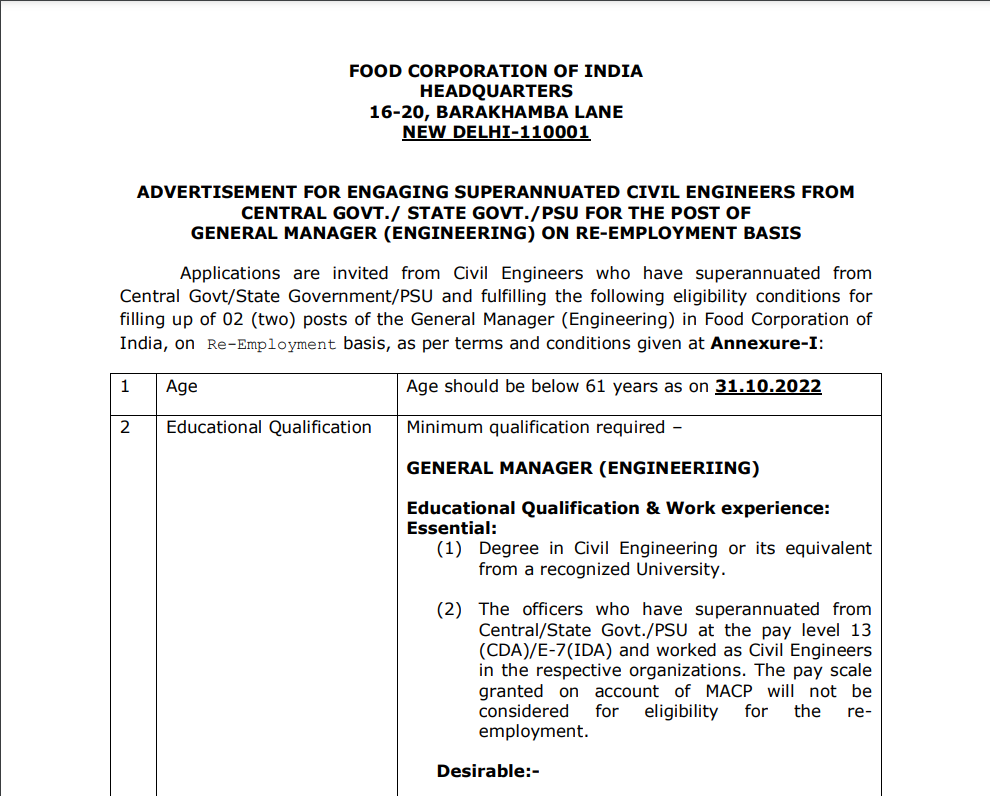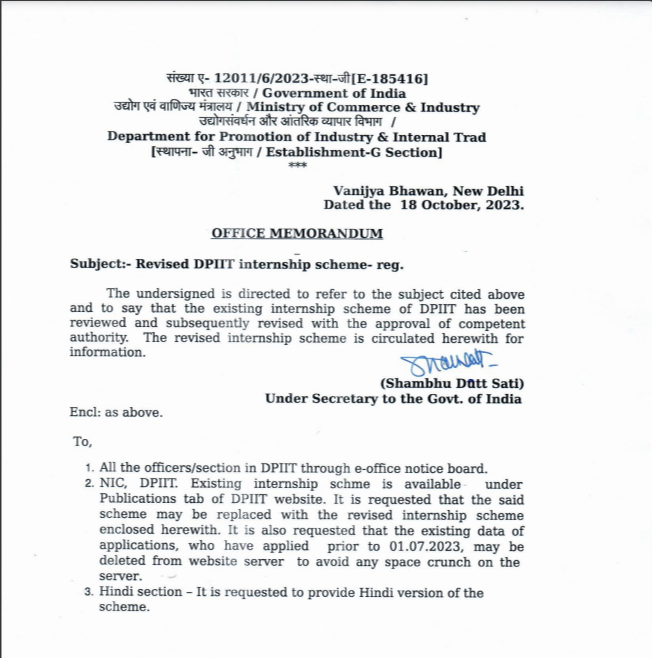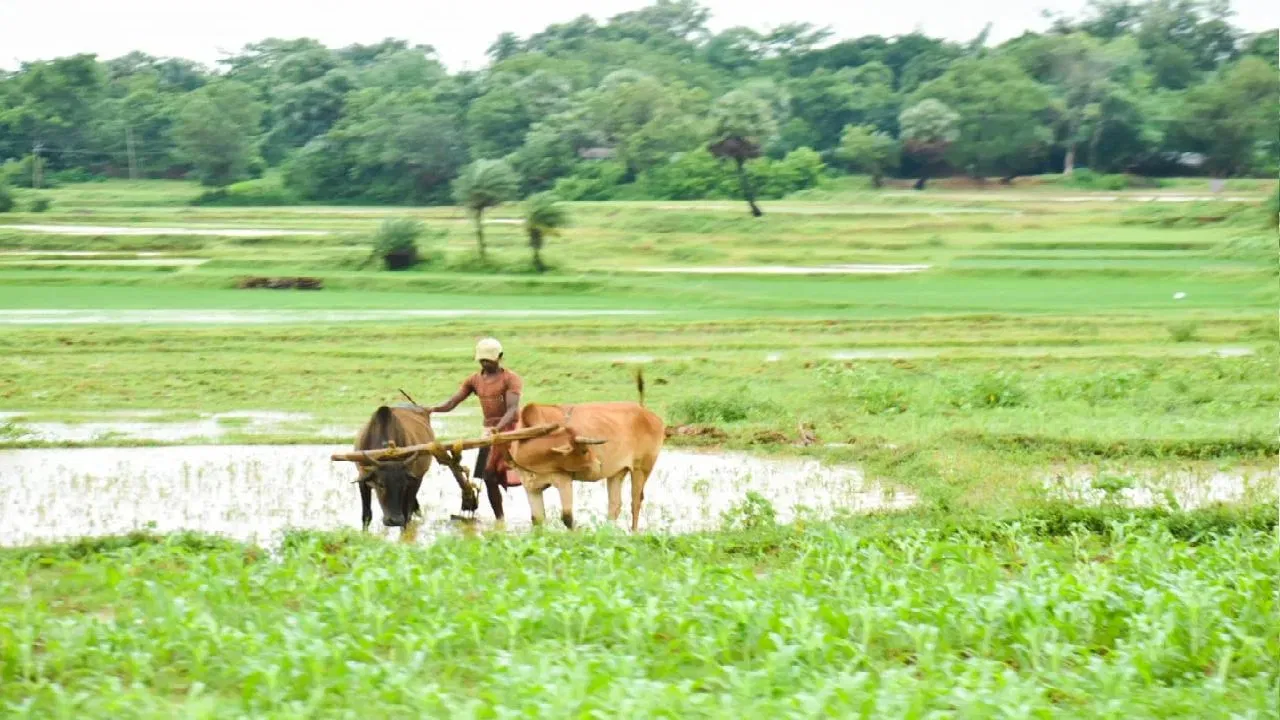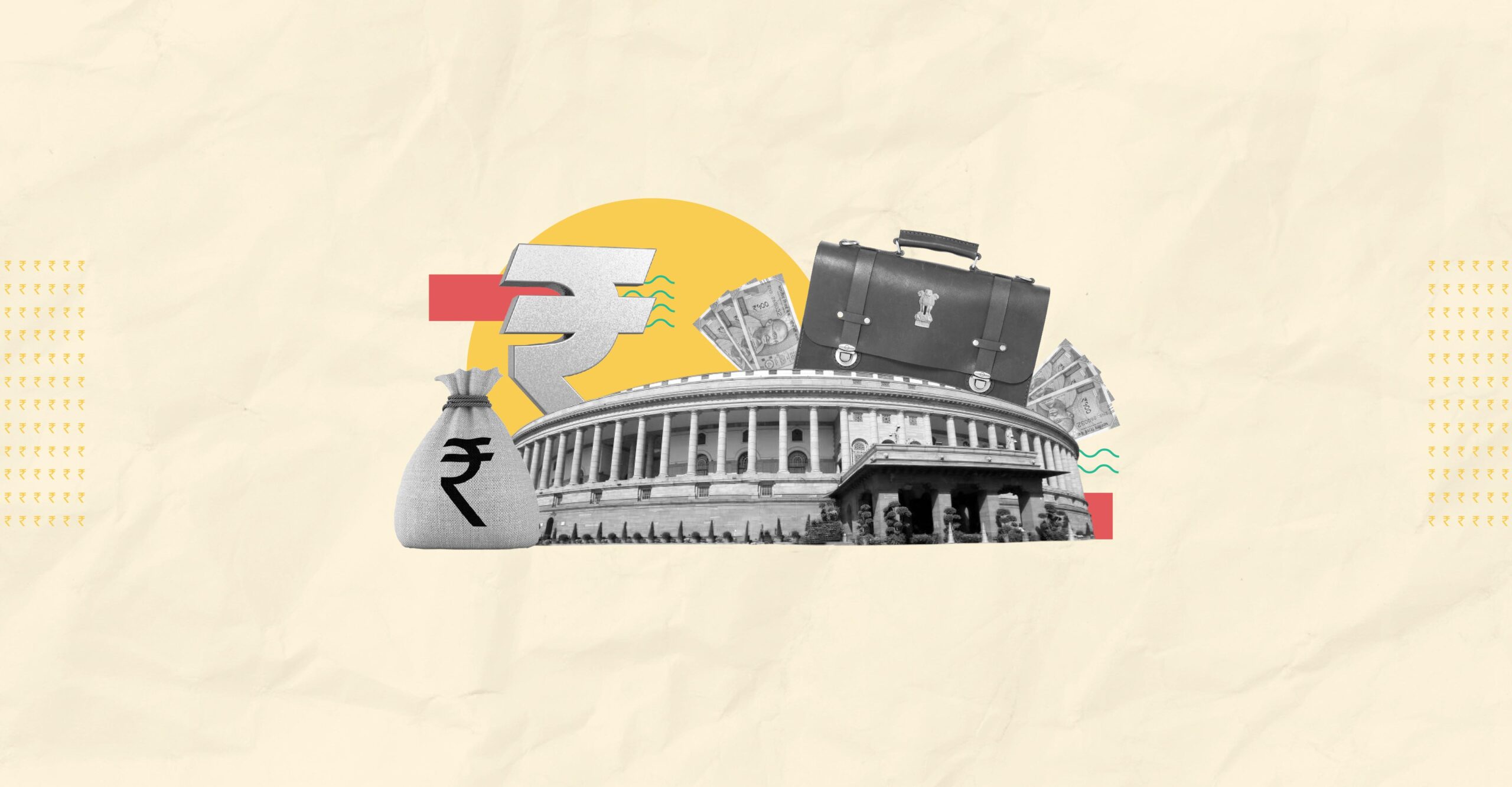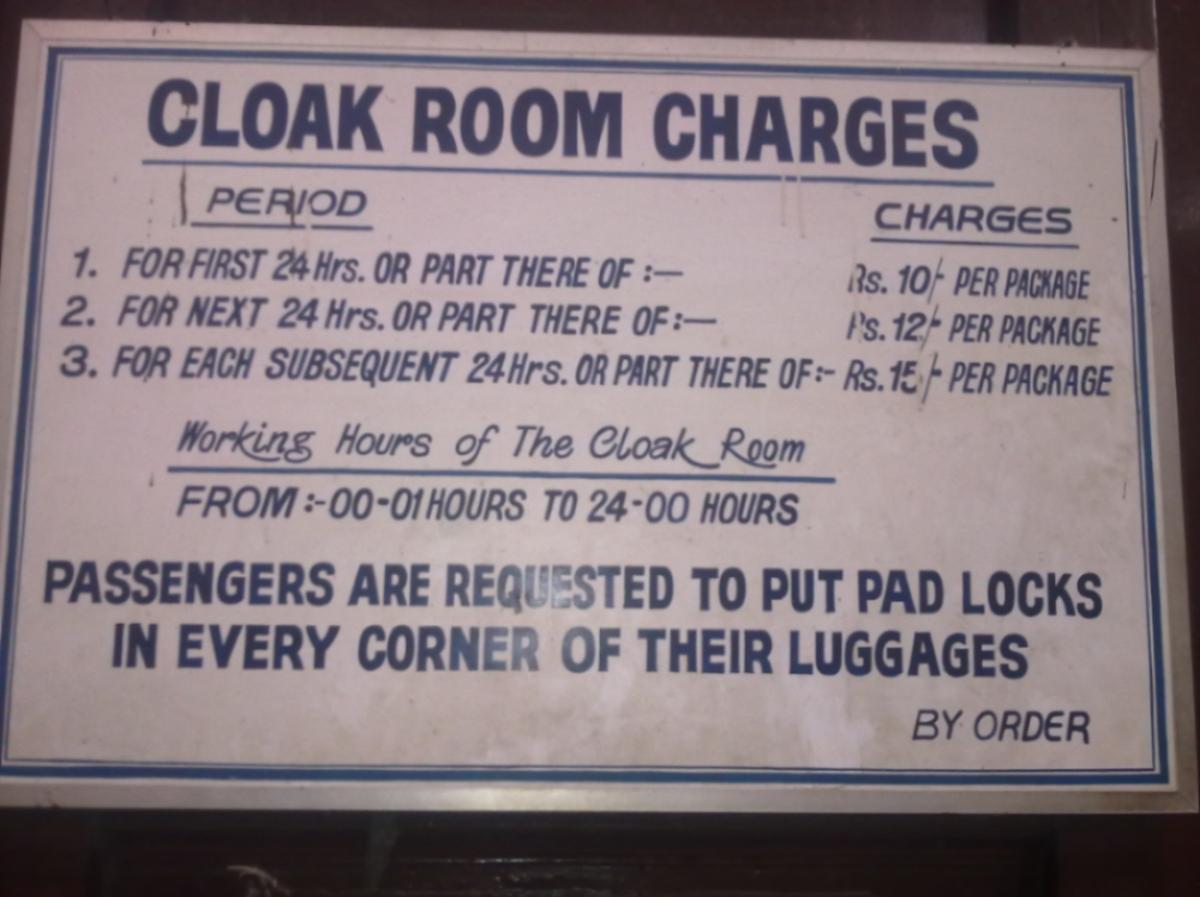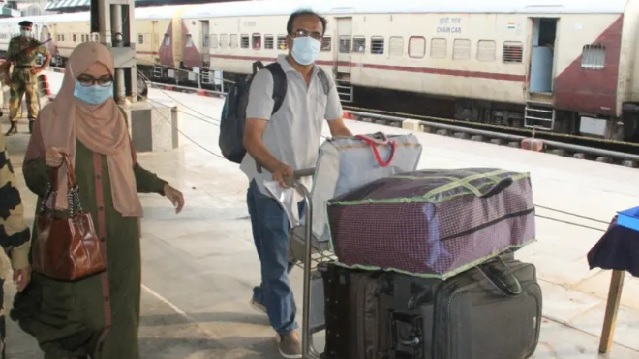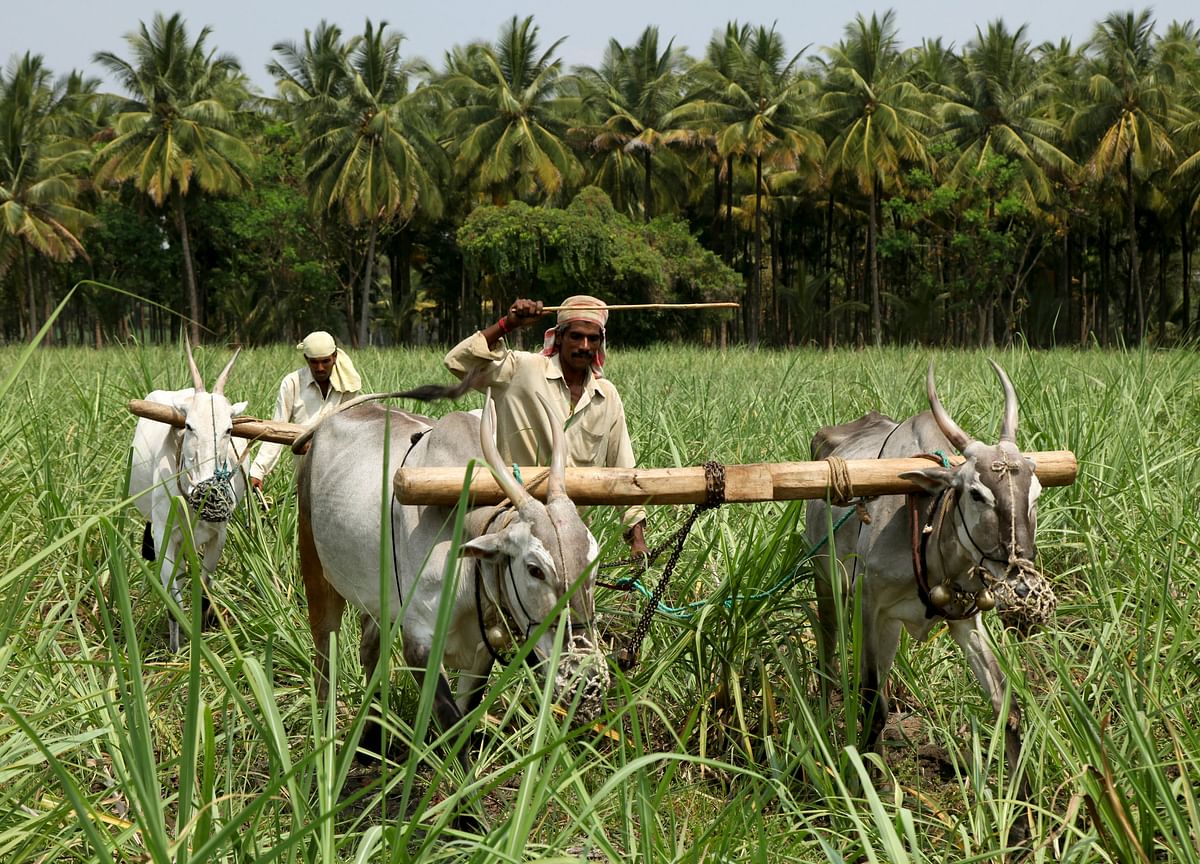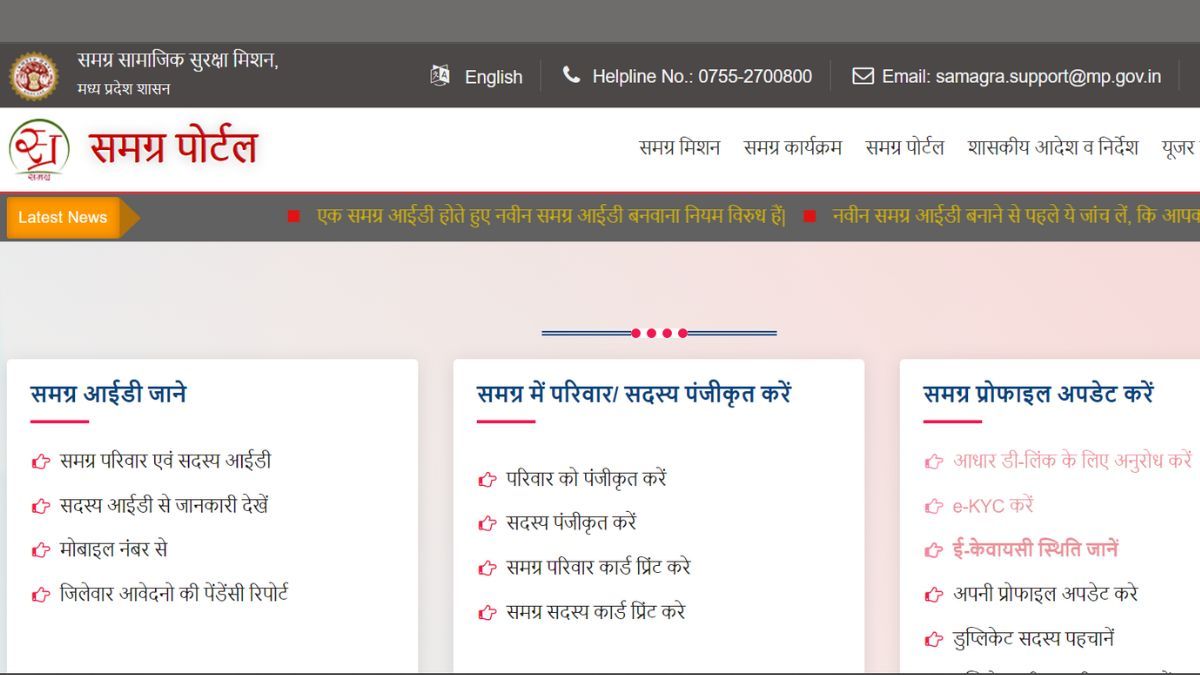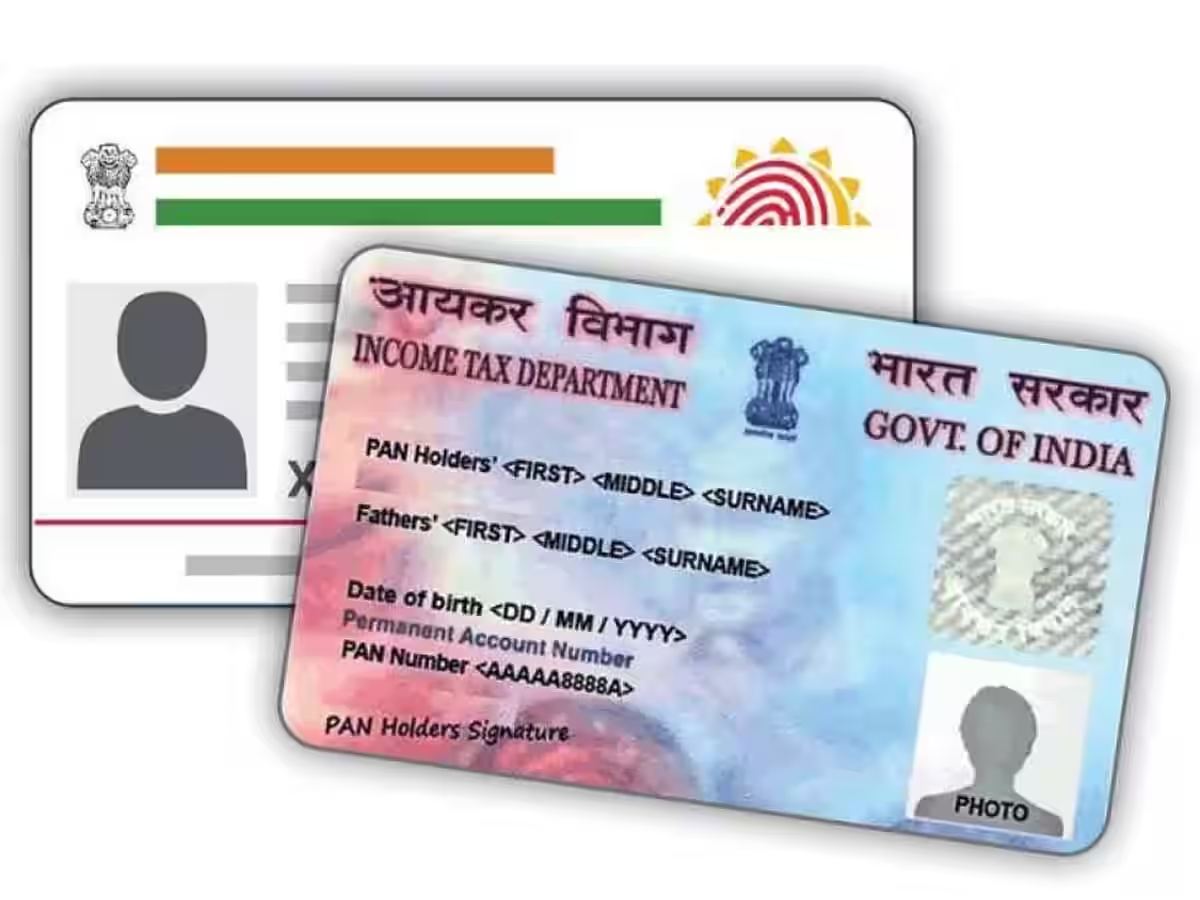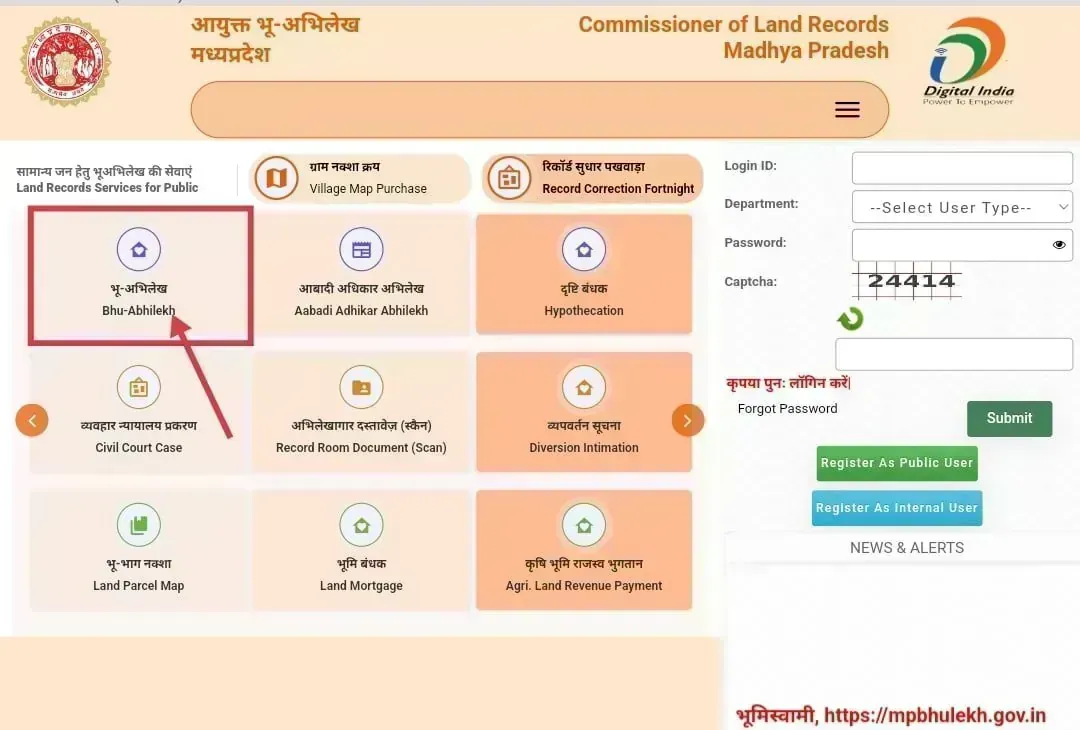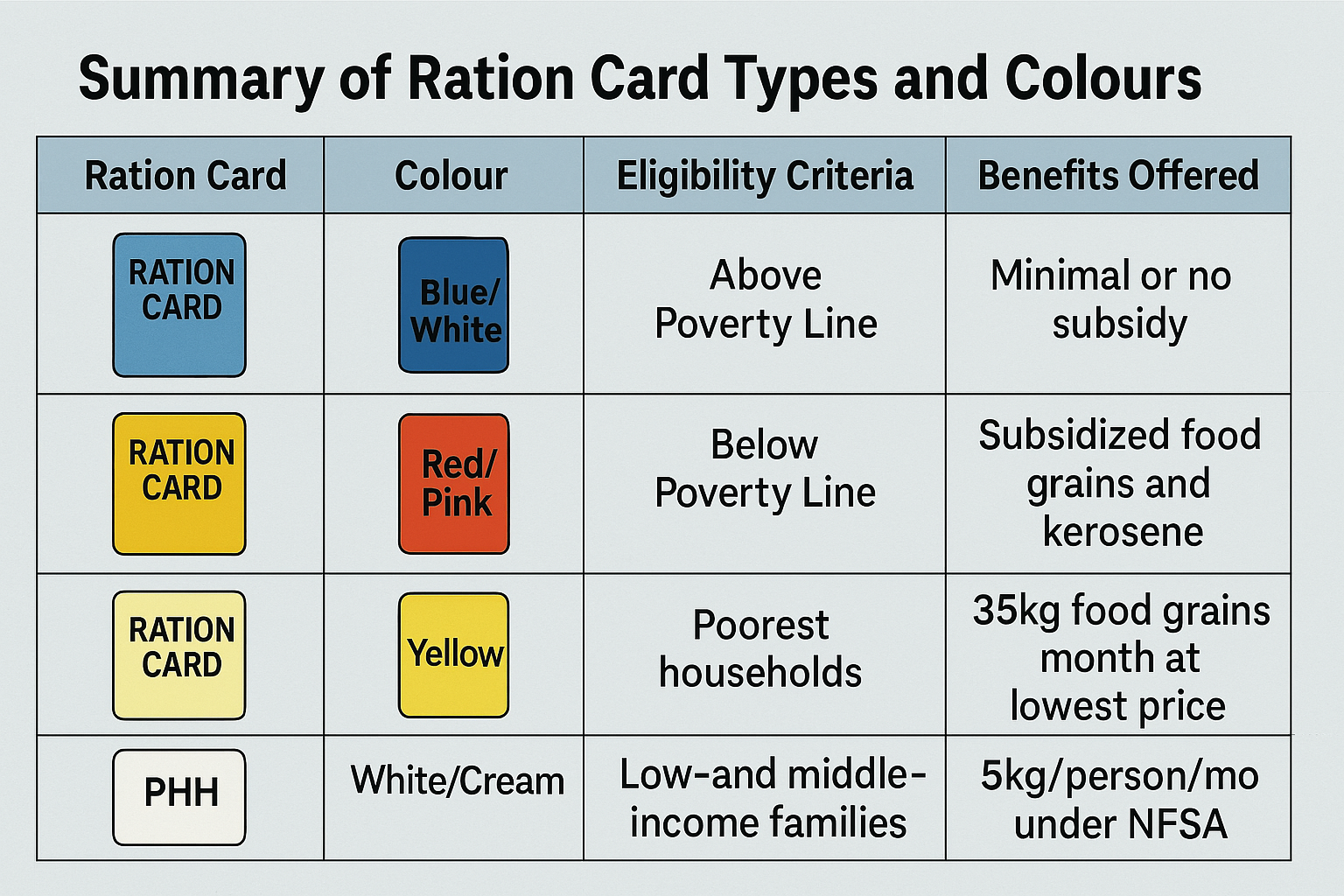
Last Updated on April 3, 2025 by Sudhir Singh
Summary:
India issues four main ration card types: APL, BPL, AAY, and PHH, based on household income and need. Card colours vary—APL (blue/white), BPL (red/pink), AAY (yellow), and PHH (white/cream). Uttar Pradesh follows this system across regions like UP, while Tamil Nadu runs a Universal PDS with green (rice), white (sugar), and no-commodity cards. These cards ensure access to subsidized essentials under the Public Distribution System.
Understanding Ration Cards: Why They Matter
In India, ration cards serve as an essential document that not only provides access to subsidized food grains but also acts as an identity proof in various government schemes. With several types of ration cards issued based on economic classification, the system can seem complicated — especially when card types and entitlements vary by state.
This article provides a detailed overview of the types of ration cards in India, including information about ration card types in UP and types of ration cards in Tamil Nadu.
Overview Table: Types of Ration Cards in India
| Ration Card Type | Card Colour | Eligibility | Benefits | Relevant States/Notes |
|---|---|---|---|---|
| APL | Red/Pink | Income above poverty line | Limited or no subsidy; identity proof | Issued in most states; may be phased out in some urban areas (e.g., Noida, Greater Noida) |
| BPL | White/cream | Income below poverty line | Subsidized grains, sugar, and kerosene | Widely used in Uttar Pradesh, including types of ration card near Noida |
| AAY | Yellow | Poorest families (landless laborers, elderly, disabled) | 35 kg/month of grains at highly subsidized prices | Common in rural and low-income urban households in UP |
| PHH | White / Cream | Low-income but not the poorest; under NFSA | 5 kg of grains/person/month at subsidized rates | Common in UP (Noida, Greater Noida); PHH ration card details vary by state |
| Rice Card (TN) | Green | All eligible families in Tamil Nadu | Rice, sugar, pulses, kerosene, etc. | Specific to types of ration card in Tamil Nadu |
| Sugar Card (TN) | White | Tamil Nadu families preferring sugar over rice | Sugar and essential commodities | Tamil Nadu-specific variation |
| No Commodity Card | Varies | Tamil Nadu residents not requiring ration commodities | No monthly allotment; used as identification | Issued under Tamil Nadu’s Universal PDS |
Let’s explore the classifications, associated colours, and eligibility criteria for each card.
Main Ration Card Types in India
Broadly, India classifies ration cards into the following categories:
1. APL (Above Poverty Line) Ration Card
Common Colour: Blue or White (varies by state)
Eligibility: Families with income above the officially defined poverty line.
Benefits: Limited or no access to subsidized food items under the Public Distribution System (PDS). In some states, APL cardholders may not receive any monthly allotment but can use the card as a valid form of identification.
2. BPL (Below Poverty Line) Ration Card
BPL Ration Card Colour: Red or Pink
Eligibility: Issued to families whose income falls below the poverty line, as defined by respective state governments.
Benefits: Access to food grains, sugar, and kerosene at subsidized rates.
3. AAY (Antyodaya Anna Yojana) Ration Card
AAY Ration Card Colour: Yellow
Eligibility: This is reserved for the “poorest of the” poor”—households without a stable income, including landless laborers, elderly persons without family support, and disabled individuals with no financial backing.
Benefits: Up to 35 kilograms of food grains per household per month at highly subsidized prices (e.g., Rs. 2 per kg for wheat, Rs. 3 per kg for rice).
4. PHH (Priority Household) Ration Card
PHH Ration Card Colour: White or Cream
Eligibility: Introduced under the National Food Security Act (NFSA), PHH ration cards are issued to families that are not considered BPL but still require subsidized food grains due to limited income and resources.
PHH Ration Card Details: Each eligible family member receives 5 kilograms of food grains per month. The allotment rate is subsidized, though higher than that offered under the AAY scheme.
Ration Card Types in UP with Colour: In Uttar Pradesh, PHH cards are among the most commonly issued, especially in growing urban and semi-urban areas.
Types of Ration Card in Tamil Nadu
Tamil Nadu has a slightly different Public Distribution System model compared to many other Indian states. The government operates a Universal PDS, which ensures that almost all households receive subsidized goods in some form.
Here’s an overview of the types of ration cards in Tamil Nadu:
- Rice Card (Green): Entitles the holder to all essential commodities, including rice, sugar, kerosene, and pulses.
- Sugar Card: For households that opt out of rice and prefer sugar and other items.
- No Commodity Card: For families that do not require any items from the PDS but use the card for identification purposes.
- White Card: Not linked with food grains but serves as proof of identity or residence.
While PHH ration card details are applicable under the national framework, Tamil Nadu’s Universal PDS makes ration benefits more widely accessible than many other states.
Types of Ration Card Near Noida and Greater Noida, Uttar Pradesh
Here’s a practical summary of the ration card types available in this region of Uttar Pradesh:
- APL (Blue/White): Limited or no subsidy; mostly phased out or retained for ID purposes.
- BPL (Red/Pink): Entitled to subsidized food and essential items.
- AAY (Yellow): Poorest households; maximum monthly allotment.
- PHH (White/Cream): Middle-income families needing subsidized support under NFSA.
Local distribution and eligibility are managed by the Uttar Pradesh Food and Civil Supplies Department. Residents can check their eligibility and apply through the official portal.
Summary of Ration Card Types and Colours
Here’s a quick overview for reference:
| Ration Card Type | Colour | Eligibility Criteria | Benefits Offered |
|---|---|---|---|
| APL | Blue/White | Above Poverty Line | Minimal or no subsidy |
| BPL | Red/Pink | Below Poverty Line | Subsidized food grains and kerosene |
| AAY | Yellow | Poorest households | 35kg food grains/month at lowest price |
| PHH | White/Cream | Low- and middle-income families | 5kg/person/month under NFSA |
Final Thoughts
Ration cards in India are not just about accessing food — they serve as a critical gateway to a wide range of welfare benefits, from healthcare to education. Understanding the different types of ration cards, their eligibility criteria, and the types of ration card colour system can help families navigate government services more effectively.
It’s essential to stay updated on the latest changes in the PDS system. Many state governments, including UP, have launched online portals to simplify application processes, track ration distribution, and check PHH ration card details.
Being informed means you can ensure your family receives the benefits they are rightfully entitled to.
